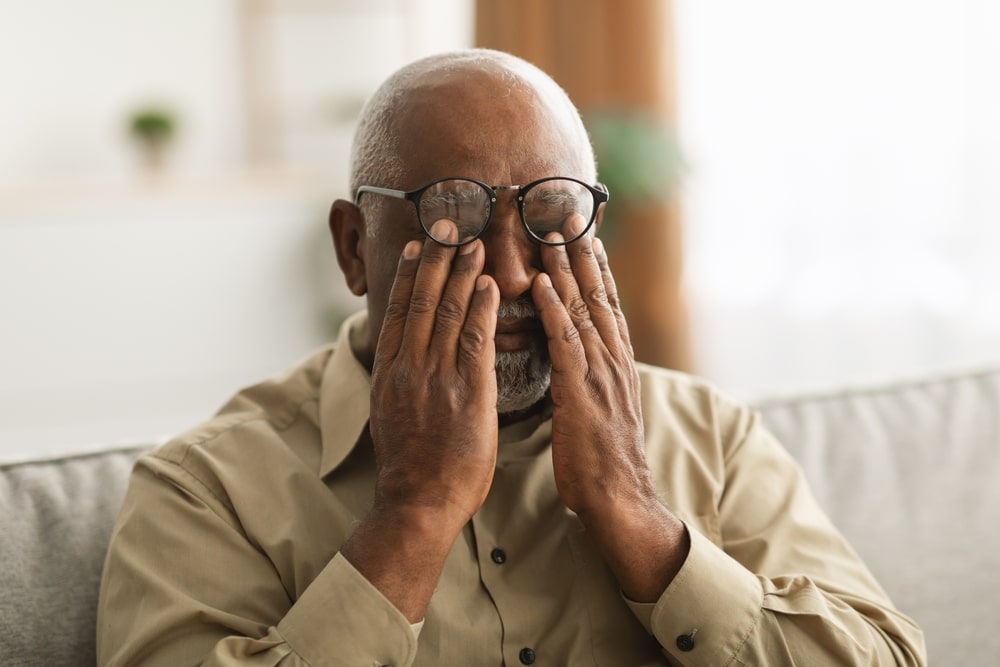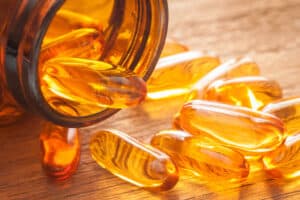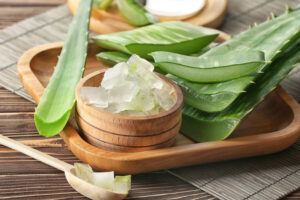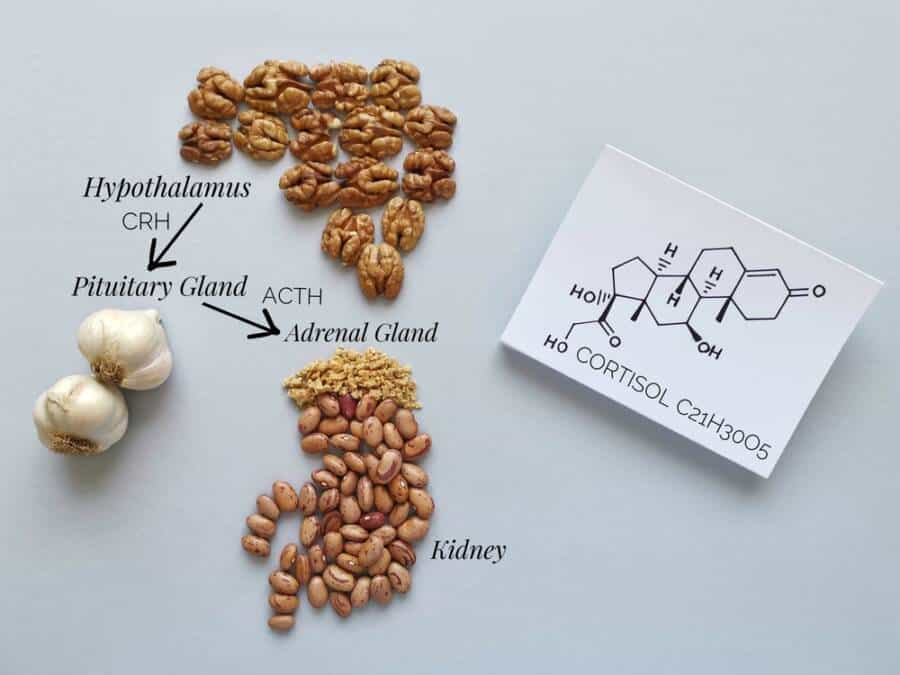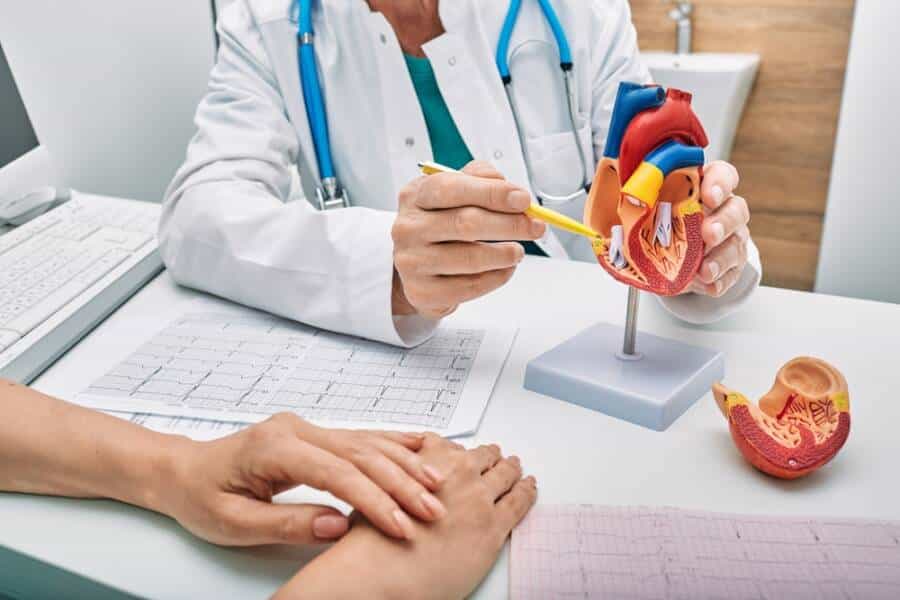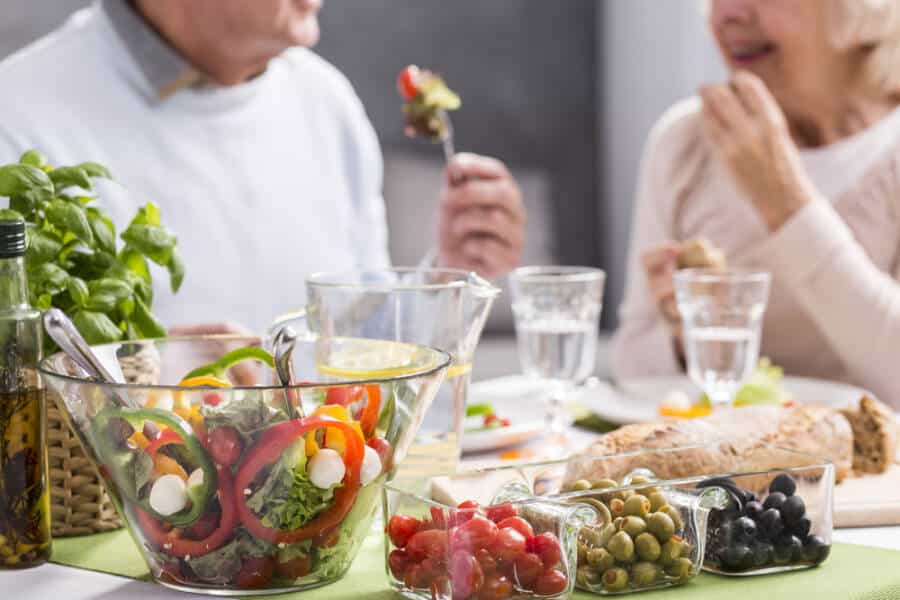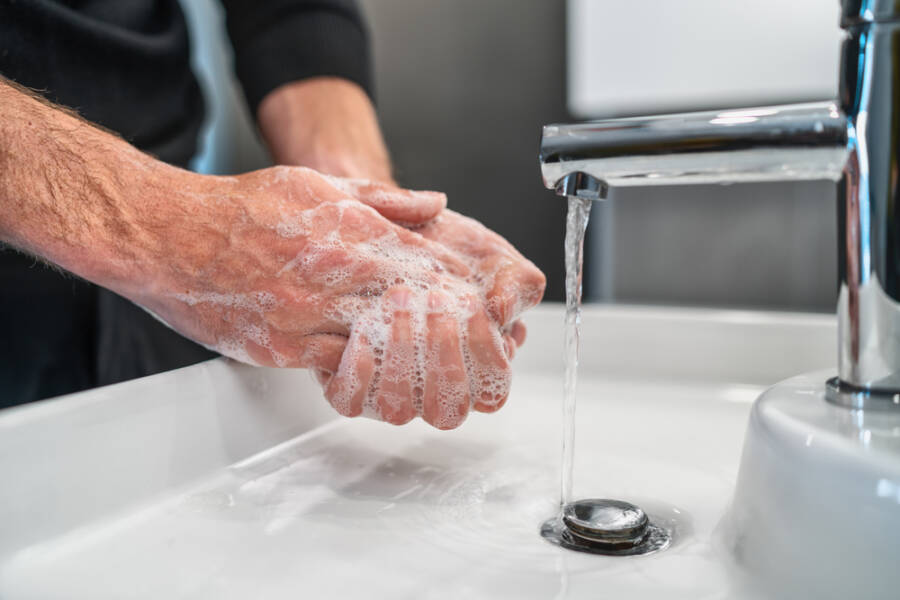
Have you touched any of these ordinary things? You’d better wash your hands…NOW!
In our daily lives, we encounter many items that, although seemingly harmless, can hide a world of bacteria and germs. The simple act of touching these mundane objects could expose us to potential health hazards.
That’s why it’s vital to be vigilant and adopt an important habit because it’s as simple as it is effective: Wash your hands. From doorknobs to cellphones, these unsuspecting offenders could harbor microbes waiting to catch us off guard.
So join Indulging Health as we delve into everyday hygiene and discover why the mantra “Wash Your Hands” should be on everyone’s minds after encountering these 10 potentially gross items. Let’s prioritize our health and well-being, one handwash at a time!


